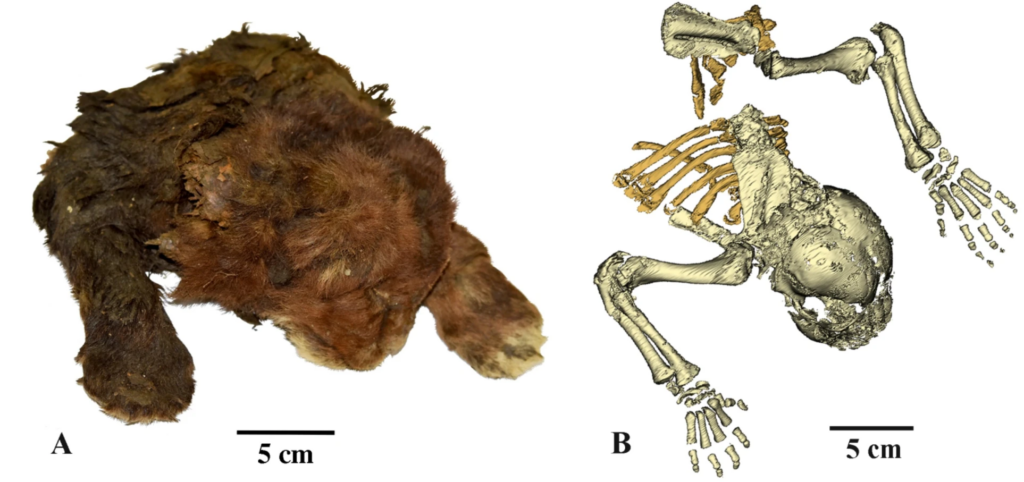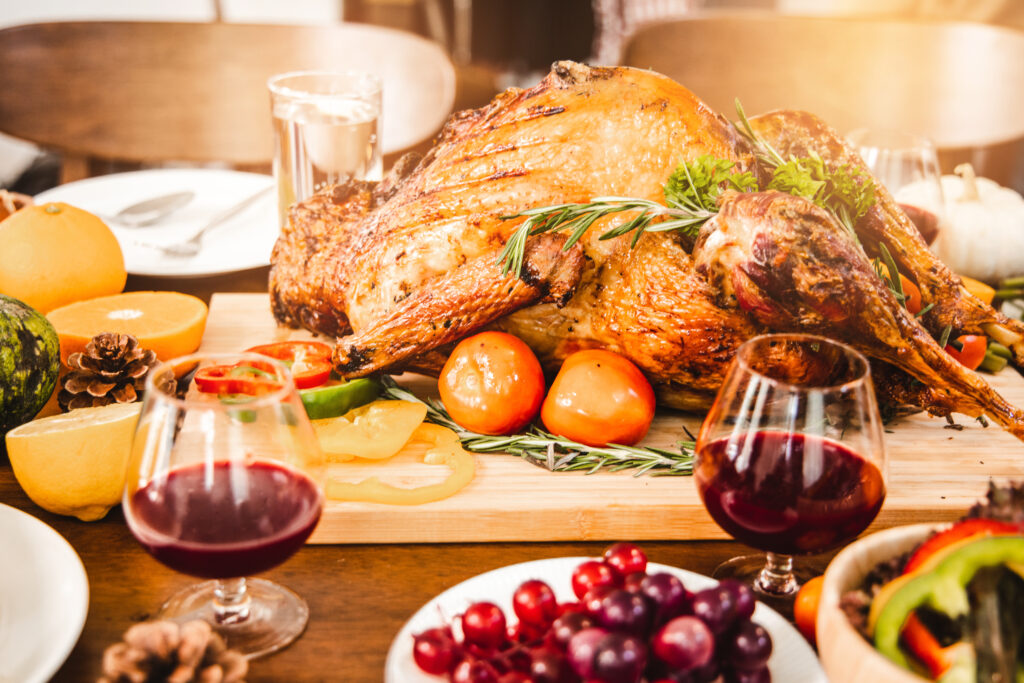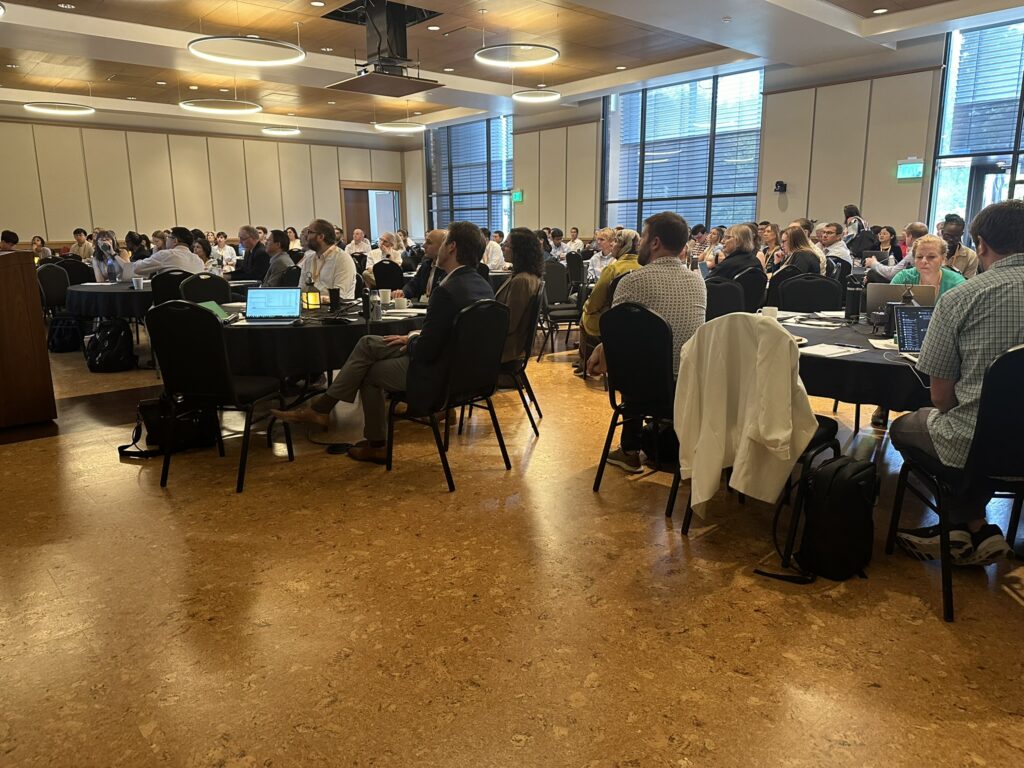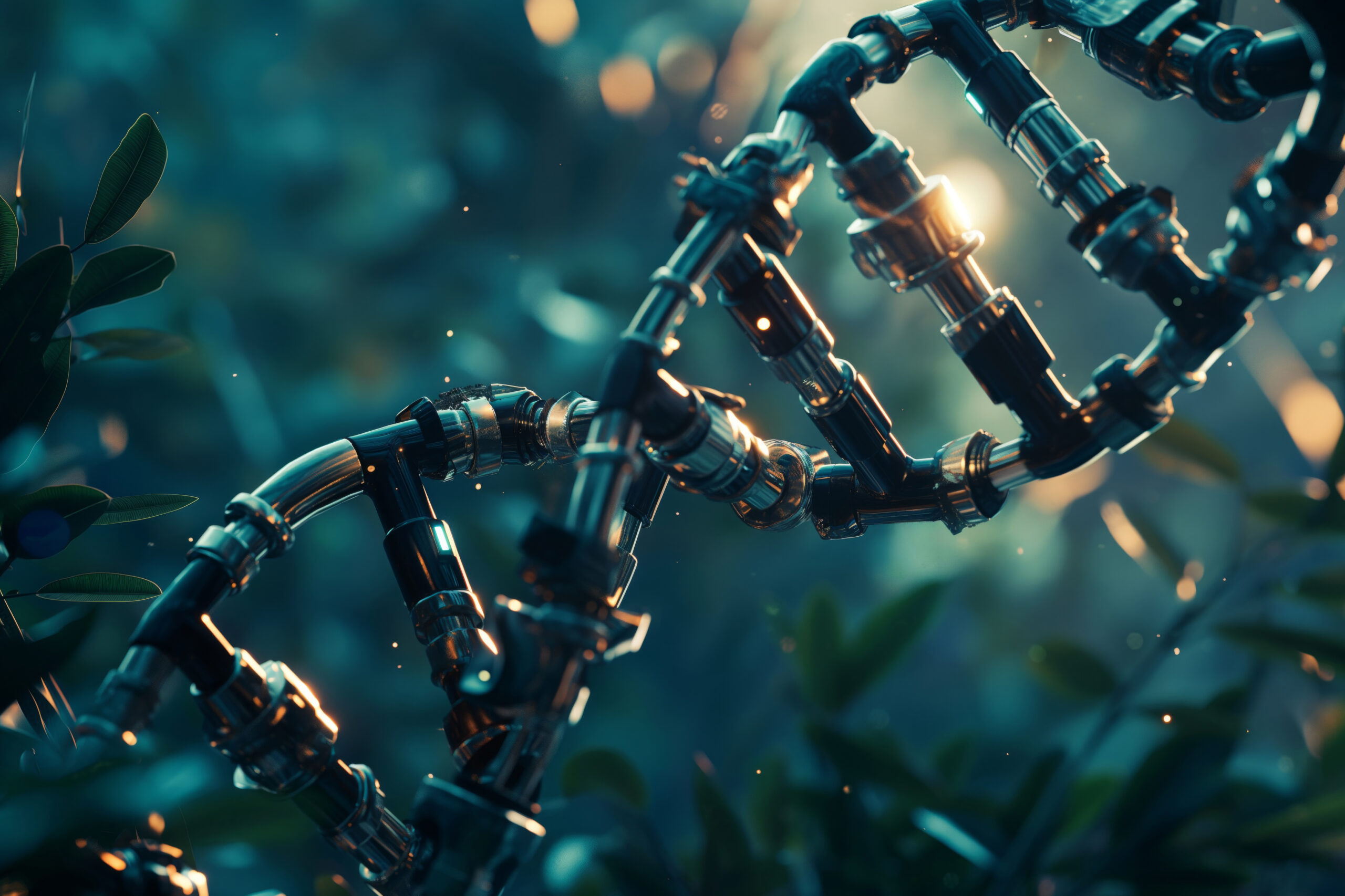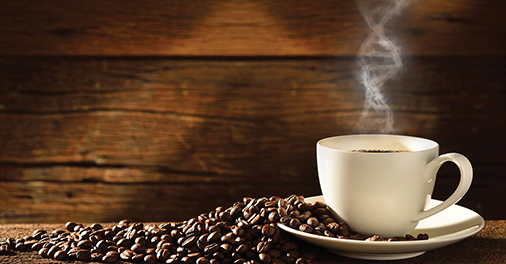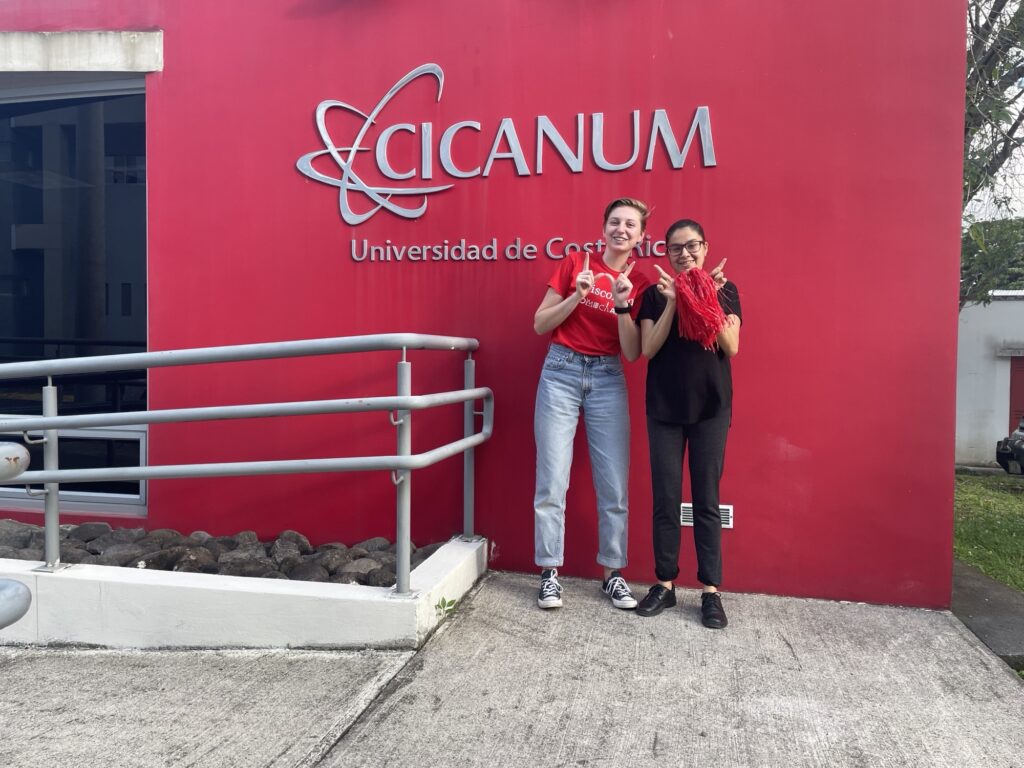Today’s blog is written by guest blogger, Alden Little, Marketing Intern at Promega.
From genetics to gut microbes, scientists are finding new ways to make white fat act like calorie-burning brown fat. Here’s how three research teams are working to find the next breakthrough obesity treatment.
Rethinking Fat: How New Research is Transforming Obesity Science
Obesity affects millions worldwide and remains a complex challenge shaped by diet, environment, genetics, and socio-economic factors. While medications like semaglutide have shown promise in supporting weight loss, there’s growing interest in alternative strategies.

One area gaining traction is adipose tissue biology. Adipose tissue—commonly known as body fat— is not just a passive storage site for excess energy, but an active player in regulating metabolism and energy balance. Adipose tissue comes in several forms:
- White
- Brown
- Beige
Most of the fat in our bodies is called white adipose tissue (WAT). It stores energy for later use—but too much of it increases the risk for obesity, diabetes, and other health problems. In contrast, brown adipose tissue (BAT) burns energy to generate heat through a process called thermogenesis, helping regulate body weight and temperature. Scientists have discovered a third kind, called beige adipose tissue, which behaves like BAT but can form within WAT under certain conditions like cold exposure or specific molecular triggers.
Continue reading “Beyond Ozempic: The New Frontier of Obesity Research”
